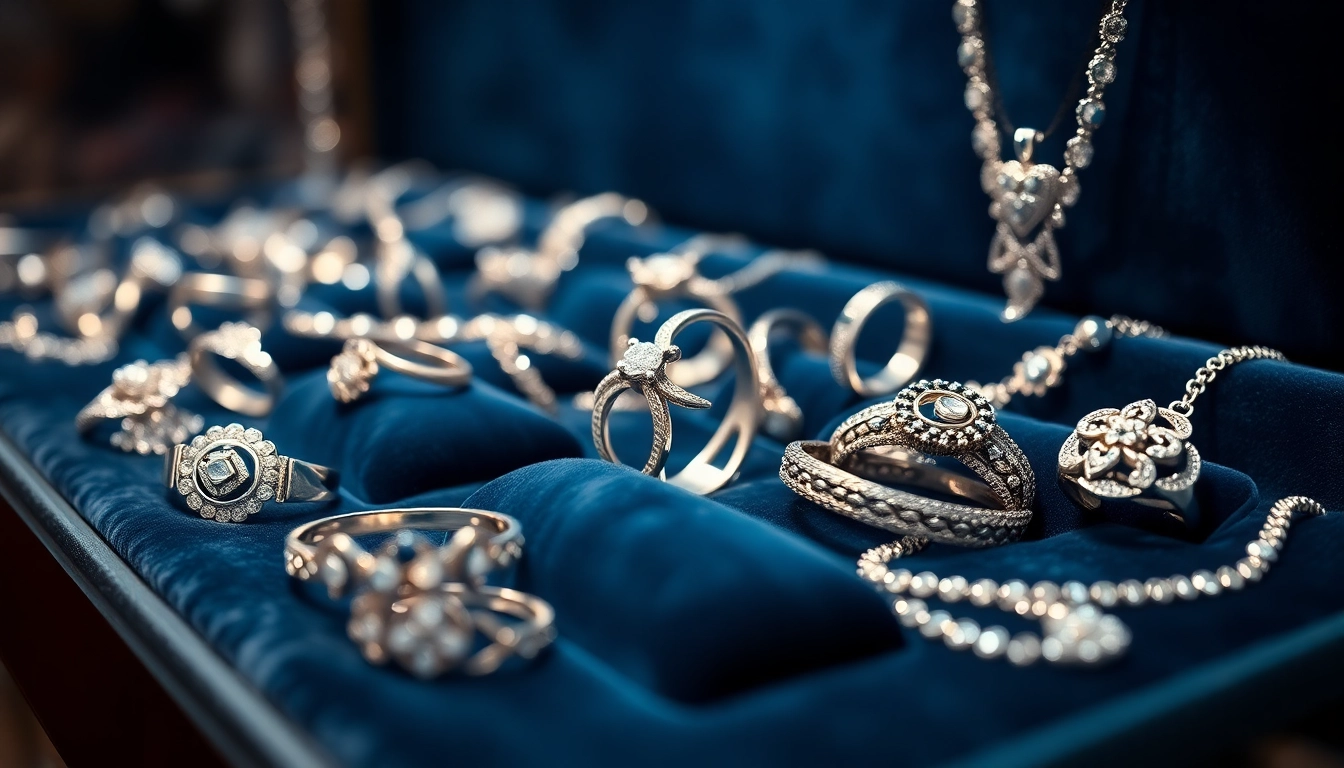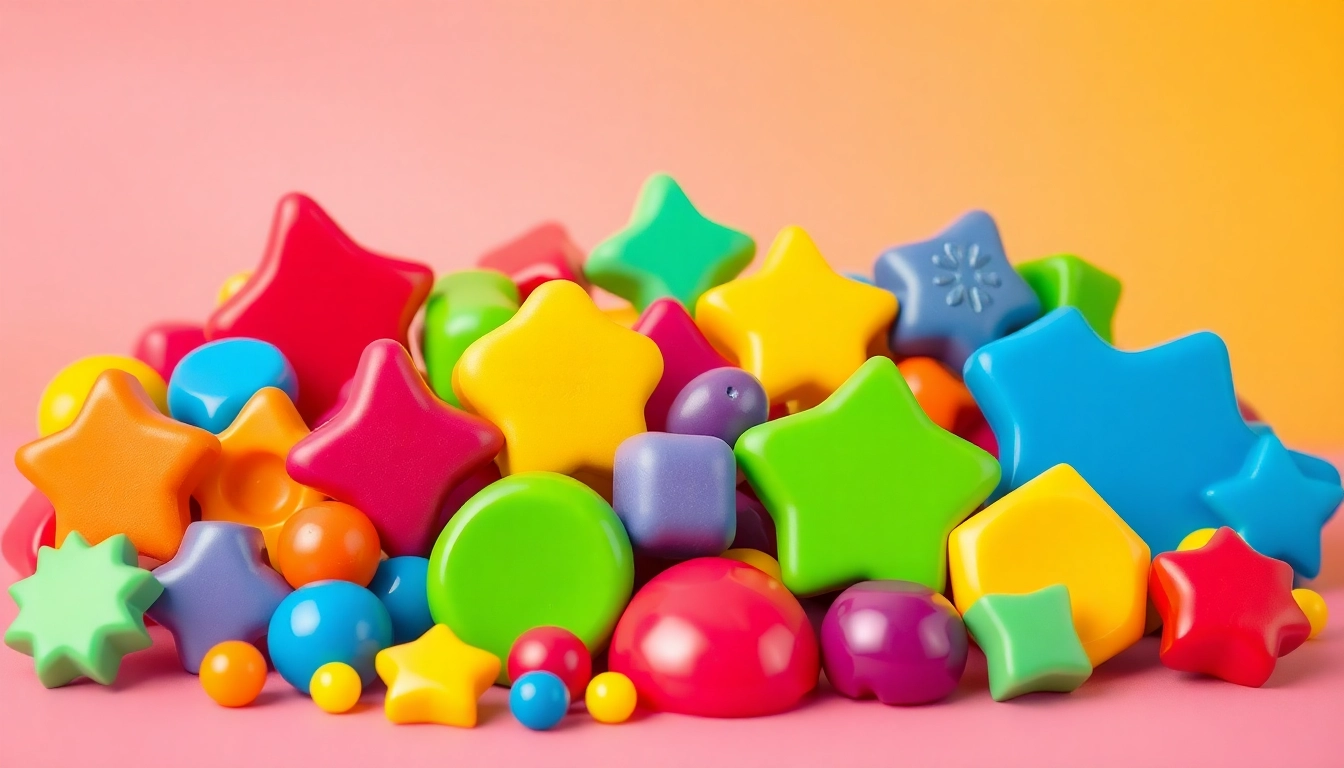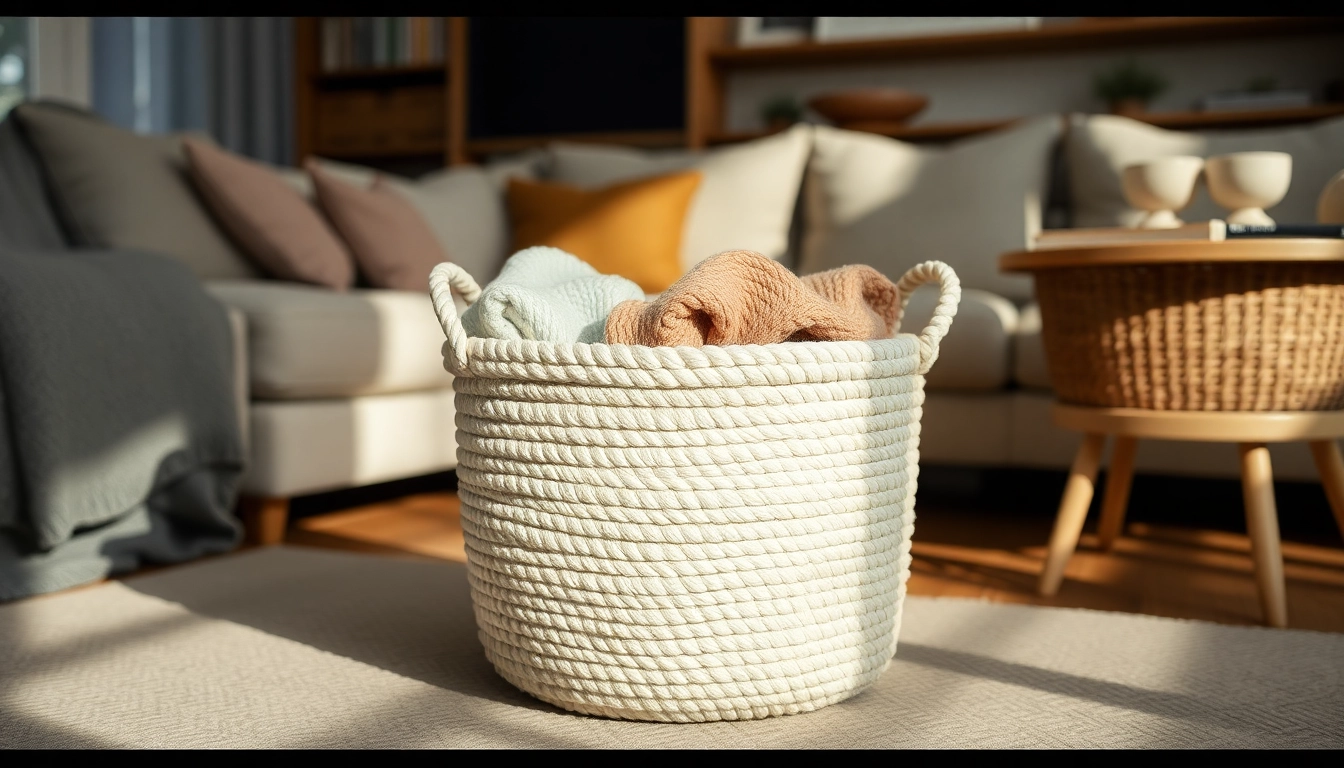Understanding Silver Jewelry
What is Silver Jewelry?
Silver jewelry is an adornment made primarily from silver, a precious metal known for its lustrous appearance and ability to be crafted into intricate designs. It comes in various forms, including rings, bracelets, earrings, and necklaces. Silver jewelry has become popular not merely for its aesthetic appeal but also for its affordability compared to other precious metals like gold and platinum. Incorporating silver jewelry into one’s wardrobe allows individuals to express their style while enjoying the benefits of this timeless metal.
History and Evolution of Silver Jewelry
The history of silver jewelry dates back to ancient civilizations, where silver was valued for its beauty and malleability. Archaeological evidence suggests that the earliest silver ornaments appeared in the Middle East and the Americas thousands of years ago. Over time, silver became associated with wealth, power, and status. The Egyptians, Greeks, and Romans were known to create stunning silver pieces adorned with gemstones and intricate carvings.
In the Middle Ages, silver jewelry took on religious meanings with the rise of Christianity; it often featured crosses and symbols of faith. By the Renaissance, silver craftsmanship had reached new heights, with artisans creating elaborate designs that showcased their skills. The Industrial Revolution brought mass production techniques, making silver jewelry more accessible to the general public. Today, silver jewelry continues to evolve, incorporating modern styles and technology while retaining its classic allure.
Types of Silver Used in Jewelry
Not all silver is created equal; various alloys and purities define the types available in jewelry-making. The primary variants include:
- Sterling Silver: Comprising 92.5% silver and 7.5% other metals, usually copper, sterling silver is the most common type used in jewelry. It is durable, tarnish-resistant when cared for properly, and has a brilliant shine.
- Fine Silver: Containing 99.9% silver, fine silver is softer and less durable than sterling silver, making it less suitable for everyday wear items, but it is often used in high-end pieces.
- Argentium Silver: This alloy contains a higher percentage of silver (92.5%) and includes germanium, which helps it resist tarnishing. Argentium has gained popularity among jewelers for its bright white finish and enhanced longevity.
- Mexican Silver: Specific to Mexico, this term denotes silver with a minimum purity of 92.5%, similar to sterling silver, but often includes unique designs reflective of Mexican culture.
Understanding these types ensures buyers can choose quality silver jewelry suited to their lifestyle and tastes.
Choosing the Right Silver Jewelry
Factors to Consider When Buying Silver Jewelry
When purchasing silver jewelry, several factors come into play to ensure you select the right piece:
- Purity: Always verify the silver’s purity, looking for stamps such as “.925” for sterling silver, ensuring you are getting quality jewelry.
- Design: From minimalist to ornate styles, choose a design that reflects your personal style and matches your wardrobe, ensuring versatility for wear in various settings.
- Comfort: Ensure that the jewelry feels comfortable when worn, especially if it’s an everyday piece. Test earrings, rings, and bracelets to ensure no pinching or discomfort.
- Price: Compare prices among different retailers. Quality silver jewelry can vary significantly, and being educated on the market helps avoid overpaying.
- Reputation of the Seller: Purchase from trusted jewelers, whether online or in-person, to ensure ethical sourcing and quality craftsmanship.
Understanding Silver Purity and Markings
The purity of silver is measured in parts per thousand, and this knowledge protects consumers from buying inferior products. Key markings include:
- .925: Indicates sterling silver, containing 92.5% silver.
- .999: Represents fine silver, the purest form available.
- Other Markings: Look for manufacturers’ hallmarks that indicate authenticity and provide historical context about the piece’s creation.
Understanding these markings enables buyers to make informed decisions aligned with their preferences and ethical considerations.
Common Designs and Styles in Silver Jewelry
The variety of styles in silver jewelry language can cater to multiple tastes. Some widely popular styles include:
- Bohemian: Often features intricate craftsmanship, gemstones, and unrefined shapes.
- Minimalist: Simple and elegant, often with clean lines, these pieces are perfect for everyday wear.
- Art Deco: Characterized by geometric shapes and bold designs from the 1920s, appealing to those who appreciate a vintage aesthetic.
- Statement Pieces: Chunky rings, large earrings, and oversized necklaces designed to stand out and serve as conversation starters.
By exploring these styles, wearers can find pieces that enhance their uniqueness and style.
Care and Maintenance of Silver Jewelry
Tips for Cleaning Silver Jewelry
To maintain the radiance of silver jewelry, regular cleaning is crucial. Here are a few methods:
- Soap and Water: Use a gentle soap mixed with lukewarm water for basic cleaning. Soak the items briefly and gently rub with a soft cloth.
- Baking Soda Paste: For tarnished pieces, mix baking soda with water to form a paste and apply it with a soft cloth, then rinse thoroughly.
- Commercial Silver Cleaners: Consider using specialized cleaning products designed for silver. Follow the manufacturer’s instructions carefully.
Avoid using anything abrasive that could scratch the surface.
How to Store Silver Jewelry Properly
Proper storage significantly extends the life of silver jewelry:
- Use Anti-Tarnish Pouches: Store jewelry in anti-tarnish cloth pouches that protect against external elements.
- Separate Storage: Keep silver pieces separate to avoid scratching; use dedicated compartments in a jewelry box.
- Room Temperature: Avoid storing jewelry in high humidity, extreme temperatures, or direct sunlight, which can cause tarnishing.
By employing these storage techniques, you can preserve your pieces’ beauty and integrity.
Preventing Tarnish on Silver Jewelry
Tarnishing is a natural process that occurs when silver reacts with sulfides in the air, causing discoloration. Prevent this by:
- Wearing Regularly: The oils from your skin can help keep silver looking shiny; wearing it can slow down tarnishing.
- Storing with Chalk or Silica Gel: Place a piece of chalk or silica gel packets in your jewelry box to absorb moisture and minimize tarnishing.
- Regular Polishing: Regularly polish your jewelry to maintain its shine and remove any tarnish that may have begun to form.
These preventive measures keep your silver jewelry looking as exquisite as it did the day you bought it.
The Benefits of Wearing Silver Jewelry
Health Benefits Associated with Silver
Beyond its beauty, silver is believed to possess various health benefits:
- Antimicrobial Properties: Silver can inhibit the growth of bacteria and fungi, making it beneficial for wounds and skin contacts.
- Temperature Regulation: Silver jewelry can help the body maintain optimal temperature, improving comfort when worn.
- Reduces Inflammation: Some studies have indicated silver may help reduce inflammation and promote healing.
While these benefits may not be scientifically guaranteed, they contribute to the allure of silver jewelry from a health perspective.
How Silver Jewelry Complements Different Outfits
Silver jewelry is incredibly versatile and can enhance a wide range of outfits:
- Casual Wear: A simple pair of silver hoop earrings or a delicate pendant can quickly enhance a casual outfit without looking overdone.
- Formal Attire: Elegant silver chokers or statement necklaces provide a sophisticated touch to evening attire.
- Layered Looks: Silver pieces can be layered with other types of jewelry, allowing for personalized styles and combinations.
This adaptability makes silver jewelry a must-have for any fashion-conscious individual.
Investing in Quality Silver Jewelry
Investing in high-quality silver jewelry not only enhances your style but can also be a wise financial decision:
- Longevity: Well-crafted silver can withstand the test of time, making it a worthwhile investment.
- Collector’s Value: Unique or artistically significant pieces may increase in value over time, particularly those from renowned artisans or brands.
- Timelessness: Unlike fashion trends that come and go, quality silver jewelry typically retains its appeal, making it a lasting accessory in your wardrobe.
Ultimately, quality often trumps quantity when investing in jewelry, ensuring long-term satisfaction.
Where to Buy Quality Silver Jewelry
Top Online Retailers for Silver Jewelry
Numerous online retailers specialize in silver jewelry, providing a broad selection and convenience:
- Tiffany & Co.: Known for their iconic designs, their silver jewelry is synonymous with luxury and quality.
- Silpada: This retailer offers a diverse collection of handcrafted silver pieces, perfect for unique tastes.
- American West Jewelry: Known for its cultural-inspired silver designs, integrating traditional and modern aesthetics.
Shopping online allows consumers to compare styles and prices while benefiting from convenience.
Local Stores Specializing in Silver Jewelry
While online shopping offers convenience, local jewelry stores provide personalized experiences:
- Artisan Boutiques: Many towns have local shops where jewelers create one-of-a-kind silver pieces, allowing for personal connections and unique finds.
- Department Stores: Many department stores have dedicated jewelry sections with a variety of brands and price points available for silver jewelry.
- Jewelry Fairs and Expos: Events often feature multiple vendors, enabling shoppers to explore varied artistic styles of silver jewelry and talk directly to artisans.
Engaging with local vendors can lead to unique jewelry acquisitions and enrich the overall shopping experience.
Comparing Prices and Quality of Silver Jewelry
When seeking silver jewelry, understanding how to compare prices while assessing quality is crucial:
- Conduct Research: Information on average prices for specific types of silver jewelry is valuable in making informed purchasing decisions.
- Read Reviews: Online reviews can provide insights into the quality and durability of various brands and retailers.
- Watch for Sales: Many retailers offer seasonal sales, providing opportunities to buy high-quality silver jewelry at discounted prices.
Investing time in research ensures a satisfactory purchase, allowing wearers to enjoy their silver jewelry for years to come.



